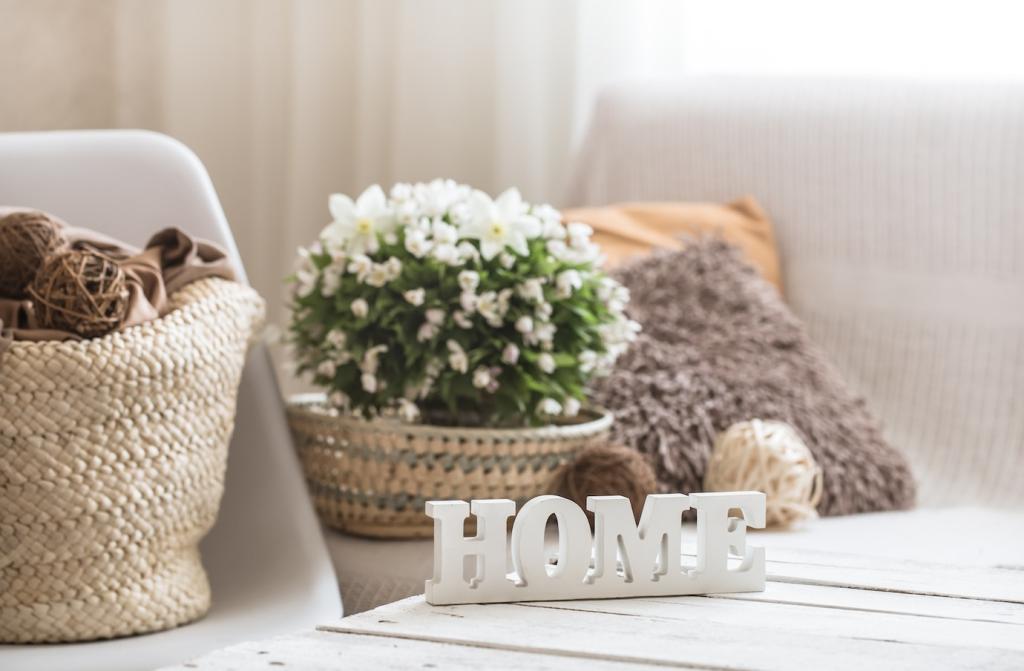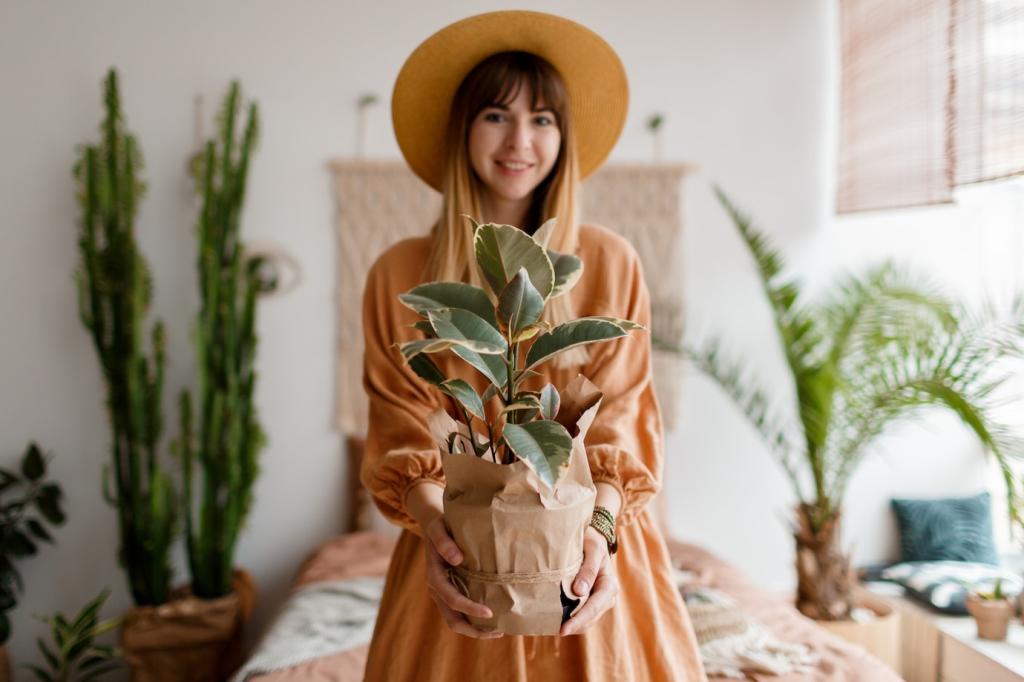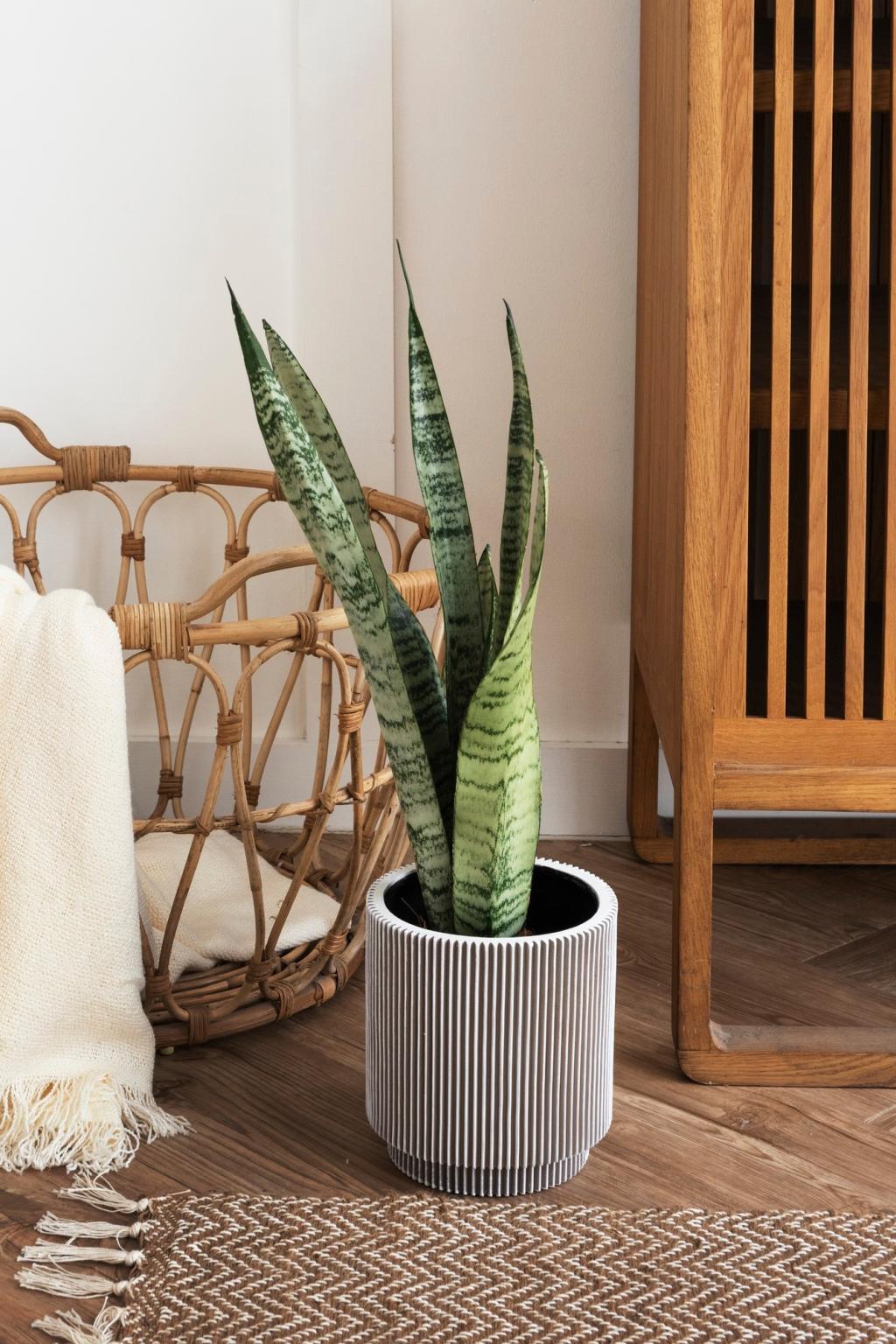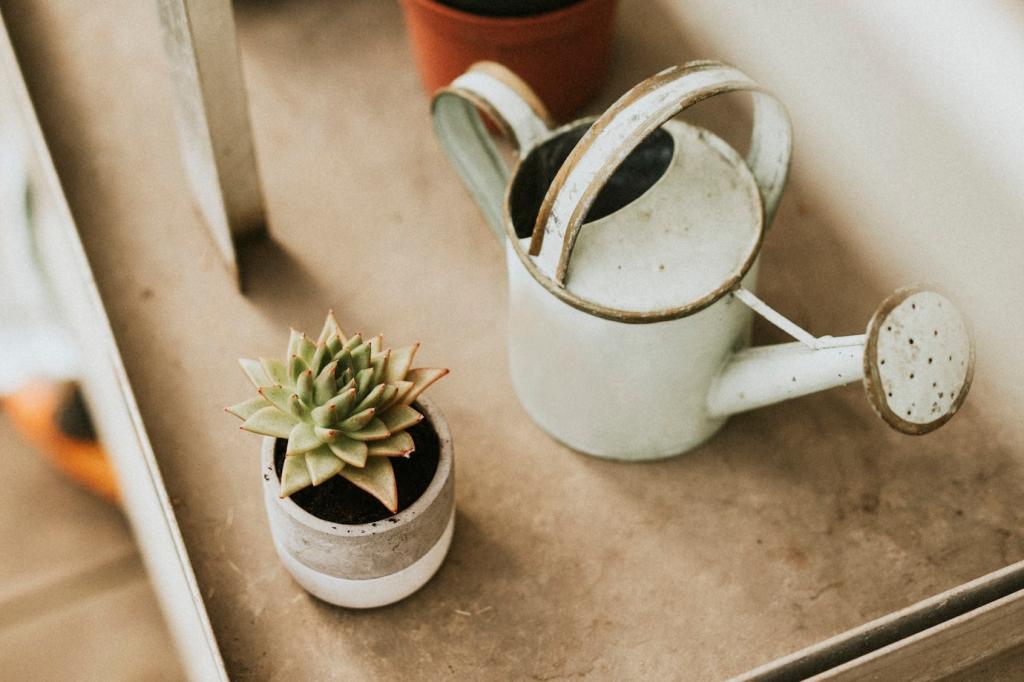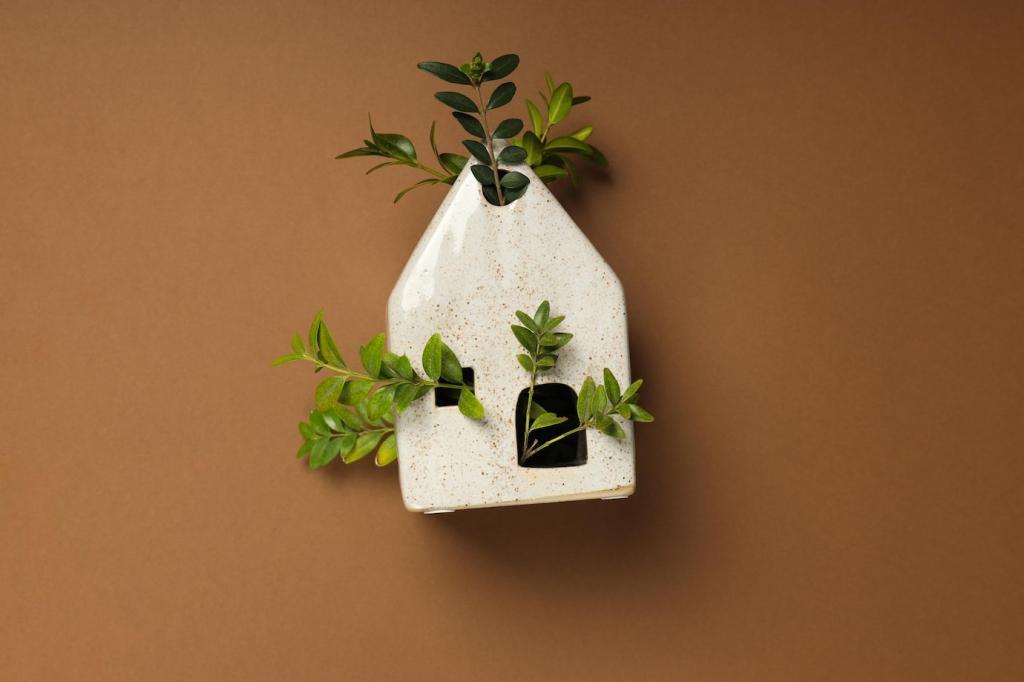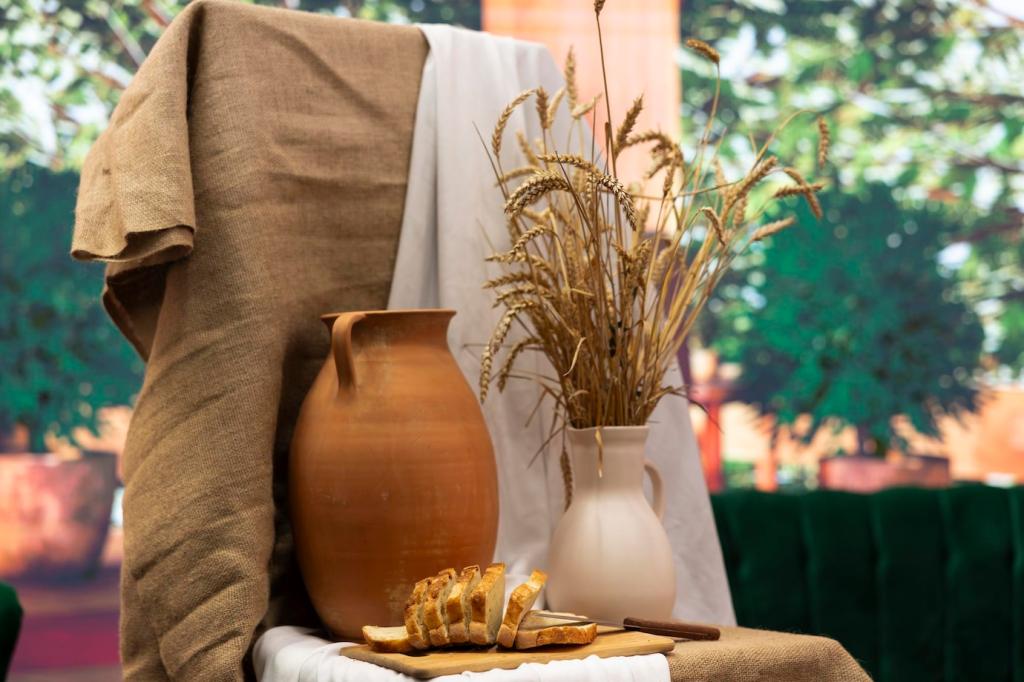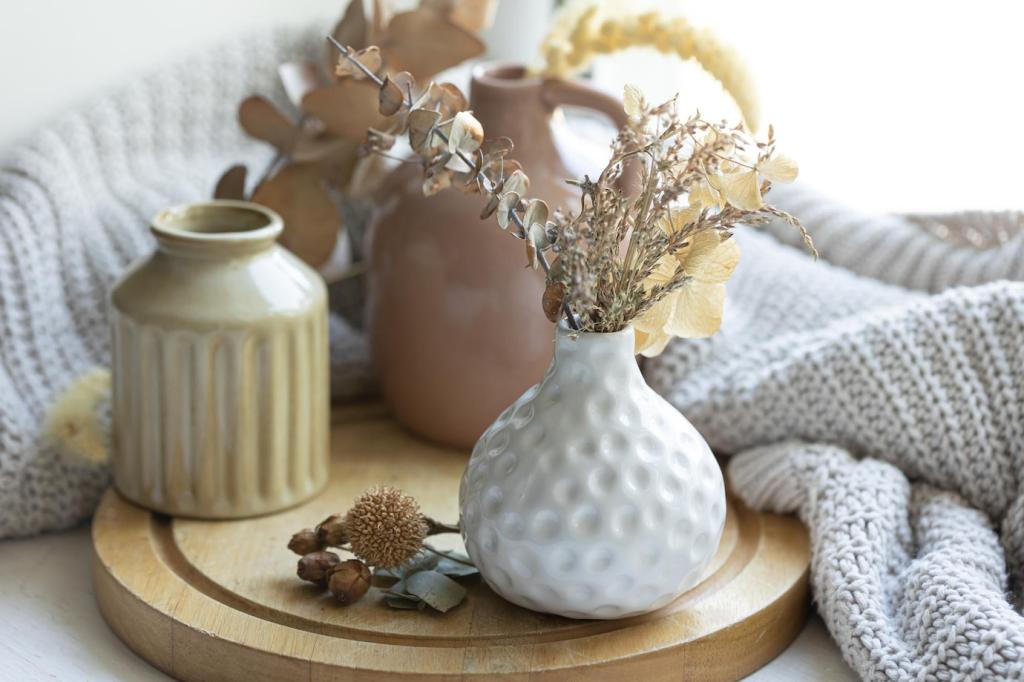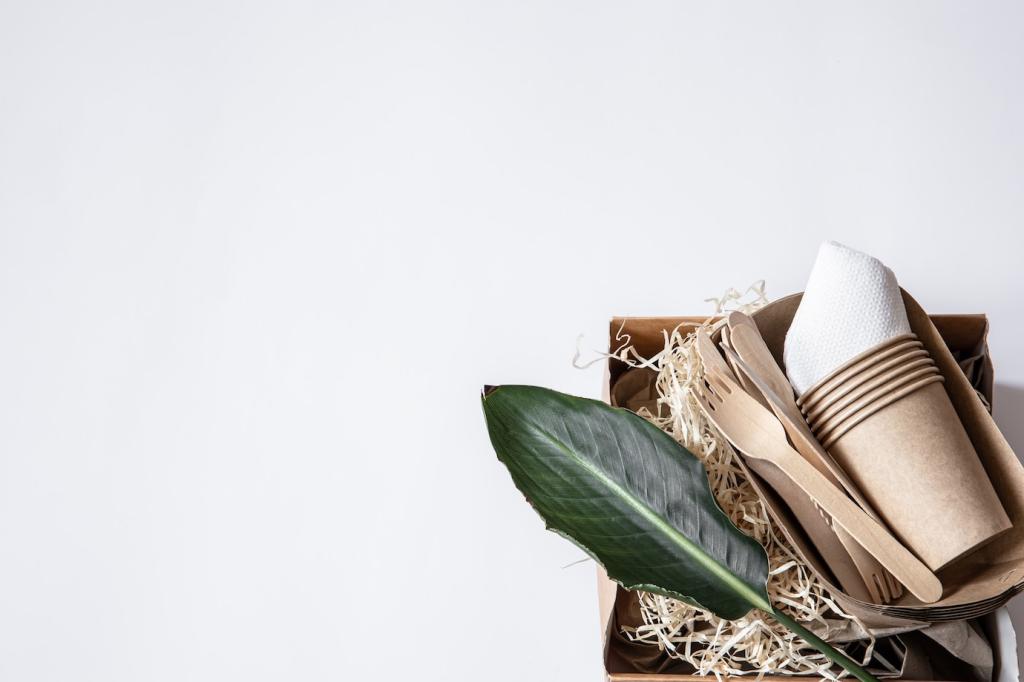Technology That Quietly Supports Nature
Tunable white lighting can shift from cool, clear tones in the morning to warm, low light at night. Pair with manual blinds for tactile control, keeping your senses engaged with changing daylight.
Technology That Quietly Supports Nature
Air-quality monitors and simple thermal sensors can guide window use and ventilation. Think of them as quiet advisors helping fresh air, shade, and cloth layers perform beautifully without visual clutter.

